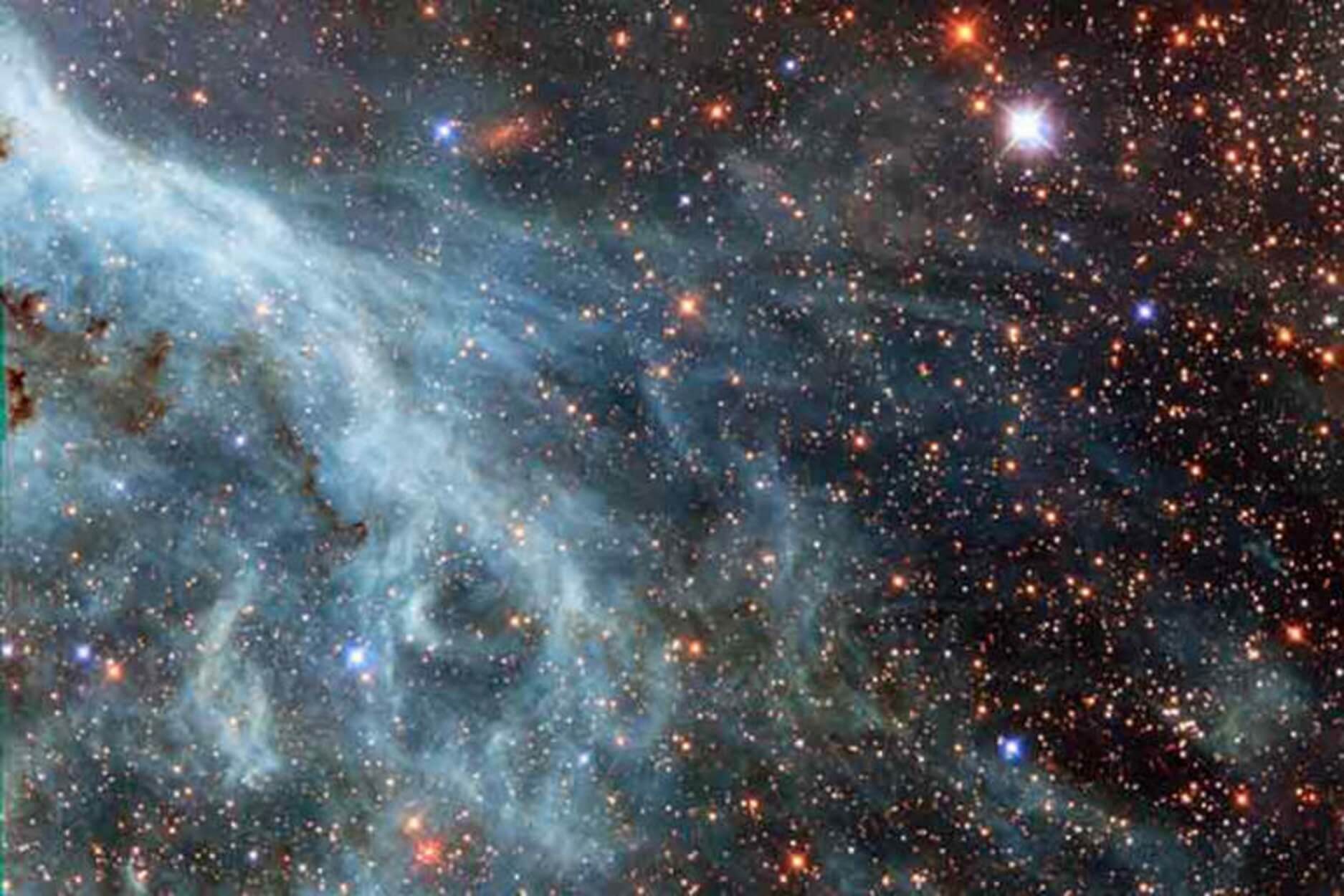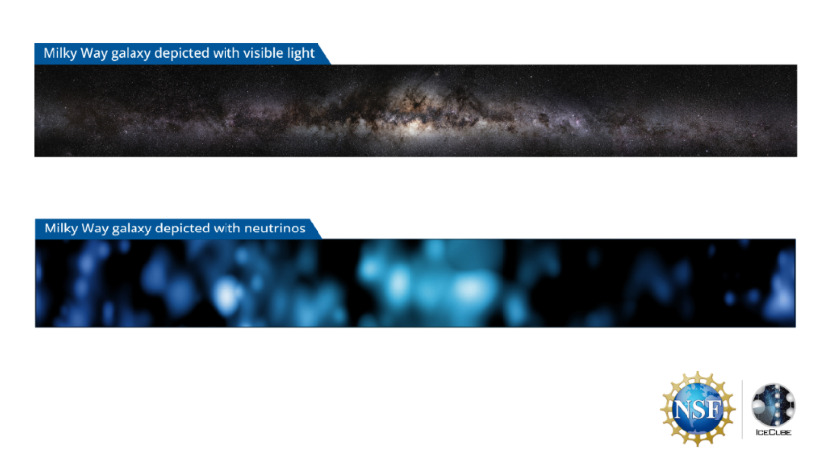
An important discovery was made by scientists who recorded the first solid evidence of the emission of neutrinos in our galaxy, which are called particles – “ghosts”.
The particle-based “ghost” image of the Milky Way is the first of its kind and is presented in a publication in the journal Science.
The discovery was made through the collaboration of more than 350 researchers, using the IceCube Neutrino Observatory located in Antarctica and with support from the US National Science Foundation. The observatory detects signatures of high-energy neutrinos in space using thousands of interconnected sensors buried within a cubic kilometer of ice.
The challenge for the researchers was not only to detect notoriously elusive neutrinos and distinguish them from other types of interstellar particles, but also the ambitious goal of determining their origin.
When neutrinos interact with the ice below the IceCube Observatory, these rare encounters produce faint patterns of light, which the observatory can detect. Certain patterns of light clearly indicate a particular region of the sky, allowing researchers to pinpoint the source of the neutrinos. These interactions formed the basis for the detection of neutrinos from another galaxy in 2022, 47 million light-years away.
Other interactions produce stormy “balls of light” in the clear ice, and the researchers developed a machine learning algorithm to compare the relative position, size, and energy of more than 60,000 of these neutrino-generated light bursts recorded by IceCube over a decade.
The researchers spent more than two years testing and validating their algorithm, using synthetic data that simulated neutrino detections. When they finally fed the algorithm actual data provided by IceCube, an image emerged that showed bright spots, which correspond to places in our galaxy that are thought to be emitting neutrinos. These were locations where the observed gamma rays were thought to be a by-product of collisions between cosmic rays and interstellar gas and should theoretically produce neutrinos.
“As is often the case, great scientific breakthroughs are made possible by advances in technology,” said Dennis Caldwell, director of the Department of Physics at the US National Science Foundation. “The capabilities offered by the highly sensitive IceCube detector combined with new data analysis tools have given us an entirely new view of our galaxy, which had only been hinted at before. As these capabilities continue to improve, we can look forward to watching this image emerge with greater resolution than ever before. It goes on, and it is likely to reveal hidden features of our galaxy that humanity has not seen before.”

“Avid problem solver. Extreme social media junkie. Beer buff. Coffee guru. Internet geek. Travel ninja.”






More Stories
In Greece Porsche 911 50th Anniversary – How much does it cost?
PS Plus: With a free Harry Potter game, the new season begins on the service
Sony set to unveil PS5 Pro before holiday season – Playstation